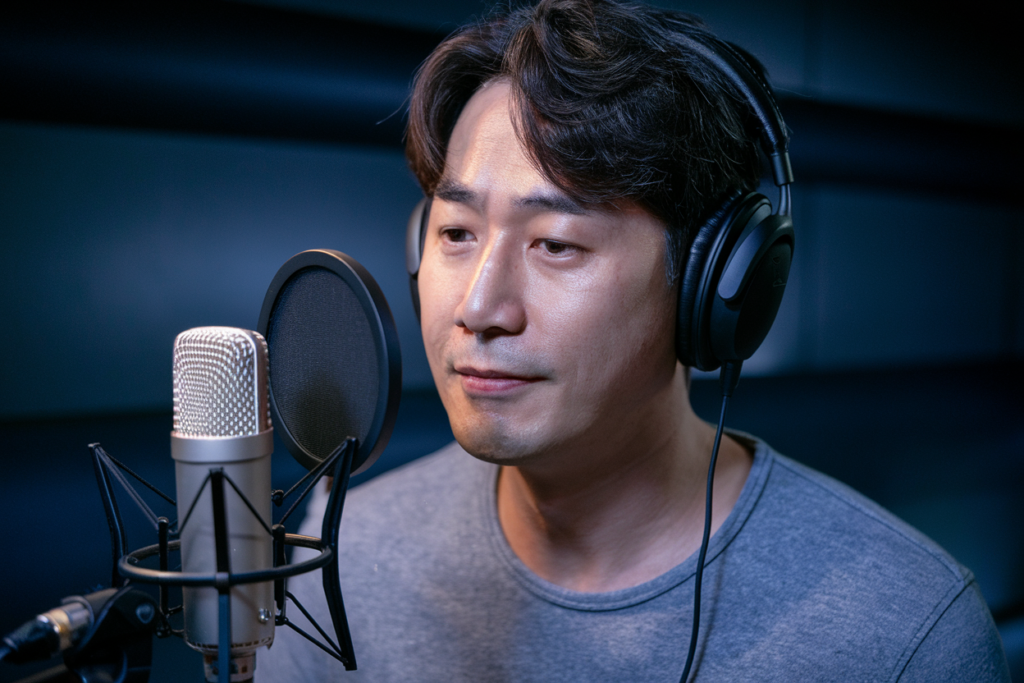Key Takeaways
- Korean Language Overview: Korean, known as „한국어“ (Hangul) in South Korea and „조선말“ (Chosŏnmal) in North Korea, has around 77 million speakers globally, extending beyond its native borders.
- Official Languages: Korean is the official language of both South Korea and North Korea, with approximately 52 million speakers in South Korea and about 25 million in North Korea.
- Global Communities: Significant Korean-speaking communities exist worldwide, including around 1.1 million speakers in the United States, 2 million in China, and about 600,000 in Japan.
- Cultural Influence: The rise of K-pop, films, and television dramas has significantly increased global interest in learning Korean and understanding its rich culture.
- Educational Opportunities: Many individuals study Korean for cultural insights or career opportunities related to the booming entertainment industry from South Korea.
- Linguistic Heritage: Despite differences between dialects spoken in North and South Korea, both share a common linguistic heritage that fosters a strong global community of Korean speakers.
Ever wondered how many nations speak Korean? You might be surprised to learn that this vibrant language isn’t just confined to the borders of South and North Korea. With millions of speakers around the globe, Korean has woven its way into various cultures, making it a fascinating subject for language enthusiasts.
Overview Of The Korean Language
Korean, known as „한국어“ (Hangul) in South Korea and „조선말“ (Chosŏnmal) in North Korea, is the official language of both nations. With approximately 77 million speakers worldwide, it boasts a significant presence beyond its borders. Communities of Korean speakers exist in various countries, including the United States, Canada, China, and Japan.
The language uses an alphabet called Hangul, developed in the 15th century by King Sejong and his scholars. Hangul’s unique structure allows for easy learning and efficient communication. In addition to native speakers, many individuals study Korean for cultural interests or career opportunities.
Korean culture has gained global traction through music, television dramas, and films—popularizing the language further. Learning Korean opens doors to understanding these rich cultural elements while connecting with millions of fellow enthusiasts around the world.
Nations Where Korean Is Official
Korean serves as the official language in two nations, both of which are integral to its cultural and historical identity.
South Korea
In South Korea, Korean is recognized as „한국어“ (Hangul). This vibrant nation boasts a population of approximately 52 million speakers. The language plays a crucial role in daily life, education, and government. Hangul’s creation was aimed at promoting literacy among the populace, and it remains highly regarded for its simplicity and efficiency. The influence of K-pop, films, and dramas has led to an increased global interest in learning Korean.
North Korea
North Korea refers to the language as „조선말“ (Chosŏnmal). With around 25 million speakers, it serves not only as a means of communication but also as a tool for national identity. The government places strong emphasis on promoting Chosŏnmal through education and media. While there are some differences in vocabulary and pronunciation compared to South Korean dialects, both nations share a common linguistic heritage rooted in their history.
Both South Korea and North Korea remain central to the global Korean-speaking community, contributing significantly to the estimated 77 million speakers worldwide.
Nations With Significant Korean Speaking Communities
Korean-speaking communities are present across various nations, making the language a truly global phenomenon. Here’s a closer look at some countries with notable populations of Korean speakers.
United States
The United States hosts one of the largest Korean-speaking communities outside Korea, with around 1.1 million individuals using the language daily. Major cities like Los Angeles, New York, and Seattle feature vibrant neighborhoods where Korean culture thrives. These areas often showcase authentic cuisine, festivals, and cultural events that reflect Korea’s rich heritage. The influence of K-pop and Korean dramas has boosted interest in learning the language among non-Koreans as well.
China
In China, an estimated 2 million people speak Korean, primarily in regions bordering North Korea such as Yanbian Korean Autonomous Prefecture in Jilin Province. The presence of ethnic Koreans contributes to this community’s growth while maintaining cultural practices that celebrate their heritage. Chinese cities also see increasing numbers of students enrolling in Korean language programs due to rising business ties with South Korea and the popularity of its entertainment industry.
Japan
Japan is home to about 600,000 Korean speakers, largely comprising descendants of immigrants who arrived during Japan’s colonial rule over Korea (1910-1945). These speakers maintain their linguistic identity despite integration into Japanese society. Additionally, many Japanese individuals study the language due to cultural interests or career opportunities related to South Korea’s booming entertainment scene. Various educational institutions offer courses aimed at fostering understanding between these two neighboring cultures.
By recognizing these significant communities around the world, it becomes evident how deeply rooted the Korean language is beyond its native lands.
The Global Influence Of The Korean Language
Korean isn’t confined to South and North Korea. It’s a vibrant language spoken by millions worldwide, making its mark in various cultures. With approximately 77 million speakers globally, the reach of Korean extends far beyond its native lands.
In South Korea, around 52 million people communicate in „한국어“ (Hangul). This language plays a vital role in education, government, and daily life. Designed for simplicity, Hangul promotes literacy effectively. Its straightforward nature attracts many learners interested in connecting with Korean culture through music, films, and television dramas.
North Korea recognizes the language as „조선말“ (Chosŏnmal), with about 25 million speakers. It symbolizes national identity and is heavily promoted through education and media channels. While some differences exist between the two nations—mainly in vocabulary and pronunciation—the shared linguistic heritage fosters a strong global community of Korean speakers.
Korean-speaking communities thrive across continents. In the United States alone, approximately 1.1 million individuals speak Korean—especially prevalent in cities like Los Angeles and New York. These urban areas boast vibrant neighborhoods that celebrate rich Korean culture.
China’s population includes around 2 million Korean speakers concentrated near North Korea’s border. Growing business ties encourage interest in learning the language here as well.
Japan hosts about 600,000 speakers primarily descended from immigrants during Korea’s colonial period. Many Japanese individuals also study Korean for cultural appreciation or career advancement opportunities.
The influence of K-pop and cinematic exports has further popularized the language internationally. As you explore opportunities within this dynamic field or seek to connect with diverse audiences, understanding the global impact of the Korean language can provide valuable insights into cultural exchange and communication strategies.
Conclusion
Korean is more than just a language of South and North Korea. Its global reach connects millions of speakers across diverse cultures, making it a valuable asset for communication and cultural exchange. As you explore the world of Korean, you’ll find opportunities that extend beyond language learning into rich cultural experiences. The rise of K-pop and Korean cinema continues to fuel interest in the language, inviting more people to engage with its unique sounds and structures. Whether you’re considering learning Korean for personal growth or career advancement, embracing this vibrant language opens doors to new understanding and connections worldwide.
Frequently Asked Questions
What is the significance of the Korean language globally?
The Korean language, spoken by approximately 77 million people worldwide, has a significant presence beyond South and North Korea. It integrates into various cultures and communities, making it an intriguing subject for language enthusiasts.
How many people speak Korean in South Korea?
In South Korea, around 52 million people speak Korean (한국어 or Hangul). The language plays a crucial role in daily life, education, and government.
What are some countries with notable Korean-speaking communities?
Notable Korean-speaking communities can be found in the United States, Canada, China, and Japan. For example, there are about 1.1 million speakers in the U.S., particularly in cities like Los Angeles and New York.
Why has interest in learning Korean increased recently?
Interest in learning Korean has surged due to the global popularity of K-pop music, television dramas, and films. This cultural influence motivates many individuals to study the language for personal or professional reasons.
What is Hangul and why is it important?
Hangul is the alphabet used for writing Korean. Developed in the 15th century for its ease of learning and efficient communication, Hangul promotes literacy and has become a symbol of national pride in both Koreas.
Are there differences between North and South Korean dialects?
Yes, while both North (조선말 or Chosŏnmal) and South Korea share a common linguistic heritage, they have some differences in vocabulary and pronunciation shaped by their distinct historical developments.
How does the government promote the use of Korean?
Both governments emphasize promoting their respective forms of Korean through education systems and media outlets. This effort helps maintain national identity while supporting cultural exchange initiatives globally.







